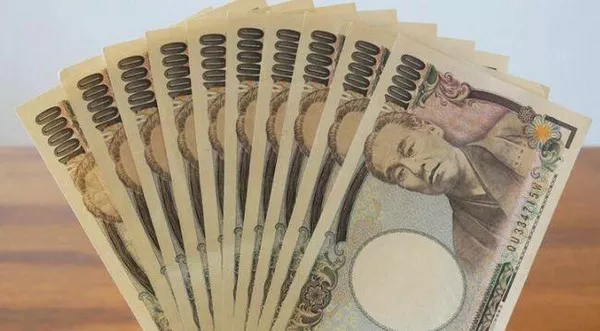What Is 1 billion yen to USD? This question has become increasingly pertinent in the global economic landscape as currency exchange rates play a crucial role in international trade and investment. The exchange rate between the Japanese Yen (JPY) and the United States Dollar (USD) is subject to various factors that influence the financial markets. In this comprehensive article, we delve into the current state of the Yen to USD exchange rate, exploring its dynamics, implications, and the specific amount that constitutes 1 billion yen in terms of US dollars.
The Basics of Currency Exchange Rates
Before delving into the specifics of the Yen to USD exchange rate, it is essential to understand the basics of currency exchange rates. Exchange rates represent the value of one currency in terms of another and are determined by various factors, including economic indicators, interest rates, and geopolitical events. The Yen to USD exchange rate is a reflection of the relative strength or weakness of the Japanese economy compared to the United States.
See Also:10,000 JPY to USD
Current Exchange Rate Analysis
As of the latest market data, the exchange rate for 1 yen to USD is 0.0069. At current exchange rates, one billion yen can be exchanged for approximately 687,916.40 U.S. dollars.Analyzing the current exchange rate provides insights into the economic conditions of both Japan and the United States. Factors such as interest rates set by central banks, inflation rates, and trade balances contribute to the fluctuations in the exchange rate. Investors, businesses, and policymakers closely monitor these changes to make informed decisions in the global financial landscape.
Factors Influencing the Yen to USD Exchange Rate
Several factors contribute to the dynamics of the Yen to USD exchange rate. Understanding these factors is crucial for anyone seeking to comprehend the nuances of currency markets.
Economic Indicators
Economic indicators, such as GDP growth, employment rates, and manufacturing output, play a significant role in determining the exchange rate. A robust Japanese economy relative to the US may lead to a stronger Yen, impacting the exchange rate.
Interest Rates
Central banks in both Japan and the United States set interest rates, influencing borrowing costs and investment decisions. Disparities in interest rates between the two countries can lead to changes in the exchange rate.
Inflation Rates
Inflation differentials affect the purchasing power of currencies. Central banks aim to maintain stable inflation rates, and variations can impact the exchange rate.
Trade Balances
Trade balances, including exports and imports, contribute to currency valuation. A trade surplus in Japan could strengthen the Yen, affecting its exchange rate against the US Dollar.
Historical Perspectives on the Yen to USD Exchange Rate
To gain a comprehensive understanding of the current exchange rate, it is essential to examine historical trends. Historical perspectives provide valuable insights into the factors that have influenced the Yen to USD exchange rate over time.
Post-World War II Era
The post-World War II era witnessed the reconstruction of Japan’s economy, leading to a gradual strengthening of the Yen. This historical context shapes the foundation of the current exchange rate dynamics.
The Plaza Accord
In the 1980s, the Plaza Accord aimed to address the issue of an overly strong Yen, which was impacting Japan’s export competitiveness. The agreement led to coordinated intervention and a subsequent depreciation of the Yen.
Economic Crises and Interventions
Periods of economic crises and interventions by central banks have had a significant impact on the Yen to USD exchange rate. Understanding these historical events provides context for interpreting current market conditions.
Implications for Businesses and Investors
The Yen to USD exchange rate has far-reaching implications for businesses and investors engaged in cross-border transactions. Fluctuations in the exchange rate can impact the cost of imports and exports, affecting profit margins and competitiveness. Investors in currency markets navigate these fluctuations to capitalize on opportunities or mitigate risks.
Forecasting the Future Exchange Rate Trends
While predicting exchange rate movements with absolute certainty is challenging, analysts use various methods and indicators to forecast future trends. Factors such as economic data releases, geopolitical events, and market sentiment contribute to these forecasts. Businesses and investors use these insights to make strategic decisions in the ever-changing global financial landscape.
Conclusion
In conclusion, understanding the Yen to USD exchange rate, especially the value of 1 billion yen in US dollars, is essential for anyone involved in international trade, investment, or finance. The dynamics of currency exchange rates are complex and multifaceted, influenced by a myriad of economic factors. By analyzing the current exchange rate, historical perspectives, and future trends, individuals and entities can make informed decisions in the dynamic world of global finance.
Related Topics:
Current YEN Exchange Rate: JPY to GBP
Current Yen Exchange Rate: 200,000 Yen in US Dollars
Current YEN Exchange Rate: How Much Is 1000 JPY to USD


























